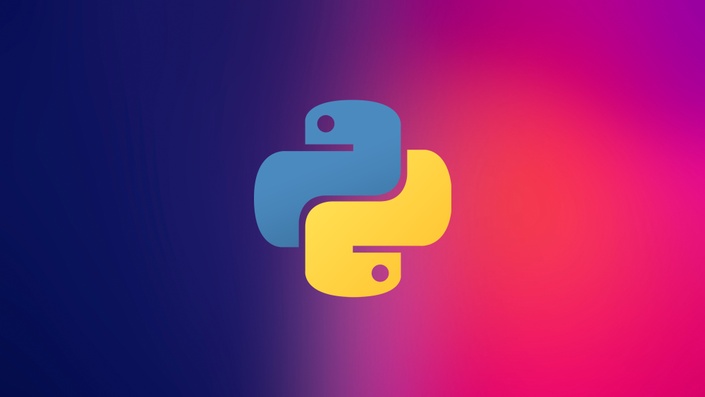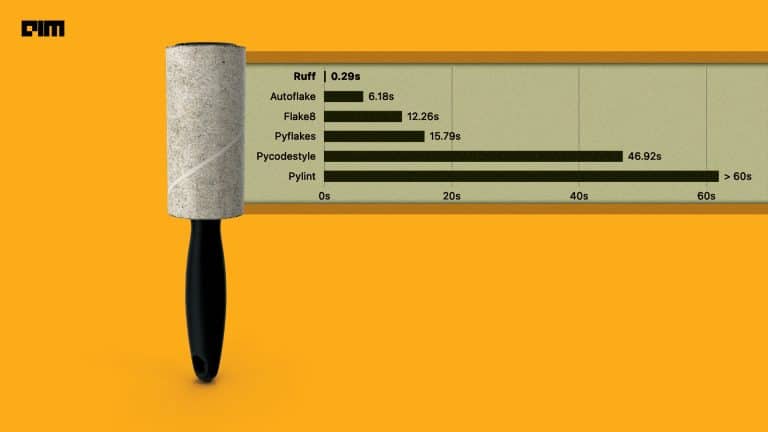Founded by developer Guido Van Rossum, Python is a high level, interpreted, and dynamic programming language used for the development of various applications such as web development, scientific computing, etc. Python, since its inception in 1991, has been that one language that is easy to learn and powerful to use; and therefore has been an excellent choice for beginners as well as big organisations like Google and Instagram.
The language was explicitly designed to emphasise extensively on code readability. Because of its simple and expressive syntax, Python enables users to express concepts without writing additional code, and also help developers to accelerate their software development. Its simplicity also allows programmers to integrate Python seamlessly with other programming languages.
Python has a broad set of powerful libraries that are used for neural networks, natural language toolkit, for interacting with windows, mathematical calculations, for TDD, GUI, web scraping, imaging processing, database management, game development, and data analysis.
While that says a lot about the language, it is not perfect. Python also has downsides compared to other programming languages like Julia, Swift, Java etc. There were also several questions raised about its performance and the quirks in its design, which might push this language to the edge.
Why Might Python Lose Its Popularity Over The Years?
Python is the most inclusive language, and programmers prefer this language over others. However, despite the popularity Python still couldn’t make a place in some of the computing fields like enterprise development, and therefore isn’t used to solve enterprise solutions. Along with that, some other restrictions are in the areas of performance and security. To explain further, the following are some of the fundamental limitations:
Speed Limitations
Speed has always been the key focus of a programmer and will always be an essential criterion to work on. Python is an interpreted language and therefore is slower in execution than other languages like C/C++, Java, or newer languages like Julia. For Python, the execution takes place with the help of an interpreter instead of a compiler, and that causes it to slow down. Considering it is a high-level language, it also isn’t closer to the hardware. And because of the slow speed, Python is not considered to be a comfortable language to work while writing production level-code.
Weak In Mobile Computing
Although Python is considered to be strong in desktop and server platforms, it is not considered suitable for mobile development because of its weak language processing for mobile computing. So you can witness Python as a first server-side language, however rarely seen on the client-side. And therefore rarely used to build mobile development. In recent days, a lot of advancements have been made in Python — adding libraries like Kivy and Beeware to serve — in order to improve its performance in the mobile application development world. Although these libraries are pretty useful, these still can’t perform as good as other competitor languages like Java, Kotlin, Swift, Javascript, etc., which are ruling the mobile and web app development industry. Nowadays, to create an android application, developers use Java or Kotlin, and for the iOS route, developers pick Swift as their go-to-language.
Memory Consumption
App development and computing programs are memory-intensive tasks, and due to high memory consumption by Python, it isn’t considered a right choice for memory-intensive jobs. This language has automatic garbage collection when objects go out of scope. Therefore it intends to remove a lot of the complexity of memory management that languages like C and C++ involve. Python’s high memory consumption is also due to the flexibility of data types. One method that can be used for looking into memory leaks in your code is to use Heapy, a debugging tool that can be used to find out, which objects are holding the most memory. So, before writing Python code for highly memory-intensive tasks, developers should gain a better understanding of the space efficiency of the code and the underlying packages used.
Database Access
Python is supposed to be a robust programming language, which gives less stress to developers while coding. But one of the critical limitations of Python is with the database access. It is therefore considered highly insecure. And, when compared to JDBC (Java Database Connectivity) and ODBC (Open Database Connectivity), Python’s lacks GUI and its tools, and its weak database access layer acts as a barrier for organisations that are looking for a smooth interaction with their data. Another important challenge organisations face with Python is its incompatibility issue with older versions. To make it compatible with the present version of Python, organisations need to upgrade their tech stack, which isn’t always a good idea.
Slow At Runtime
Python’s design has been questioned by several experts, where they believe that the language requires more testing. Also, as the language has been dynamically typed, that means one doesn’t need to declare the type of variable while writing the code. Although it makes it easy for programmers during coding, it shows up errors during the runtime, which works as the biggest drawback of Python. And, that is one of the reasons why statically typed languages like C, C++, and Java execute faster at runtime. One of the main reasons for the slowness of this language is the presence of GIL (Global Interpreter Lock). GIL allows only one thread to execute at a time, and therefore the multithreaded CPU-bound programs may be slower than single-threaded ones. In that case, developers need to implement multiprocessing programs instead of multithreaded ones to improve the speed.
Difficult To Blend In
Python is a very addictive language, and Python lovers get so accustomed with its features and extensive libraries that it becomes difficult for them to learn or work on other programming languages. According to Python experts, declaring of cast “values” or variable “types”, and adding syntax, curly braces or semicolons could be considered as a mundane task. Being a Pythonista, developers are supposed to love Python because of its simplicity, popularity, and powerfulness. Python is an easy language to code when compared to other languages like C++ and Java, and is also considered more close to human language.
Outlook
Learning python basics will make a beginner understand the core of programming with the easier python codes. Also, Python is relatively easy to learn, and therefore heavily used in teaching programming. However, with so many drawbacks in hand, enterprise-level implementation is still far away. And that’s where other languages like Java, C, C++, JavaScript, Julia, Swift, etc. shine with more productivity in their respective fields. The main disadvantages of Python are its slowness, its weakness in mobile application development, and its less popularity in the enterprise development sector.
Additionally, with the advent of AI and ML, nowadays, enterprises are swiftly moving towards AI- and ML-based web applications to better serve their customers. Nonetheless, it is to be believed that every programming language has its forte and key aspects that can be used by developers. Similarly, Python has its areas where it is being used extensively.



















































































